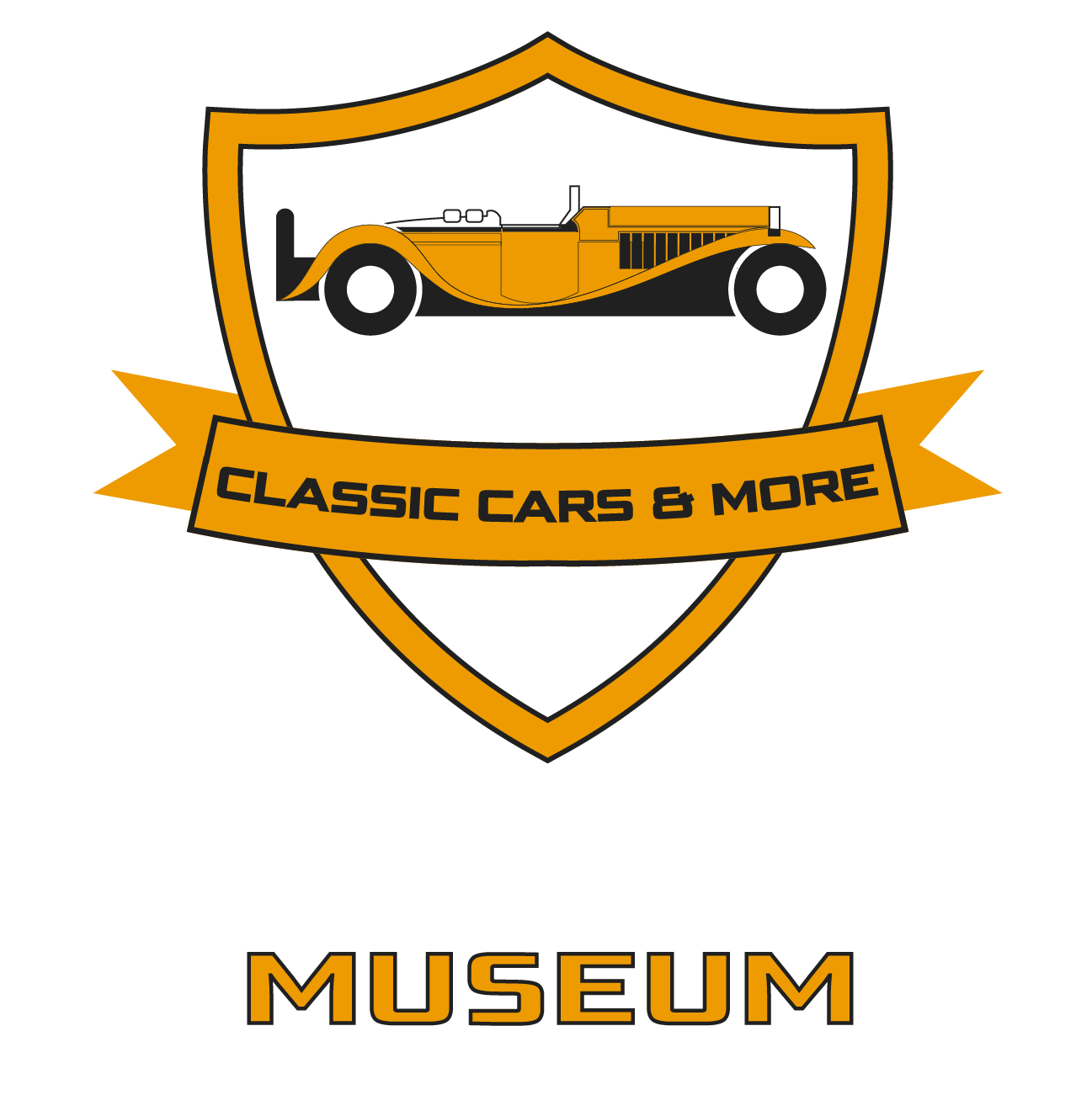365 DAILY NEWSLETTER
HARLEY-DAVIDSON 3.
In 1917, the manufacture made an interesting but less successful foray into the world of bicycle manufacturing. It produced both a traditional diamond-framed men’s bicycle and a step frame bicycle. This little detour lasted until 1923 when, seeing negative sales figures, they decided to stop making bicycles.
By 1920, Harley-Davidson was the world’s largest motorcycle manufacturer, producing 28,189 machines and selling in 67 countries. In 1921, Otto Walker set a record with a Harley-Davidson as the first motorcycle to win a race with an average speed of more than 100 mph (160 km/h).
At the same time, many innovations were made, such as the new 1213 cm3 V-twin engine, which was experimented in the 1920s and introduced commercially in 1921. In the summer of 1929, the 737 cc flathead V-Twin was introduced as a rival to the big Indian 101 Scout. The famous D model was introduced in 1929-31, and Indian Motors management nicknamed it the 3-cylinder Harley. Because the alternator was vertical and parallel to the front cylinder. In 1929, a lady racer Vivien Bales drove a record 5,000 miles in the United States and Canada in a Model D. This received a lot of press coverage in the press of the time.
The Great Depression began a few months before the introduction of the 740cc model. Harley-Davidson sales fell from 21 000 in 1929 to 3 703 in 1933. Despite this, Harley-Davidson introduced a new series for 1934, featuring a flathead engine and a highly innovative Art Deco style.
In order to survive the rest of the crisis, the company produced commercial vehicles based on motorcycles. They also designed a three-wheeled transport vehicle, which remained in production until 1973 under the name Servi Car.
By 1937, all Harley-Davidson flathead engines were equipped with a dry sump oil circulation system similar to the “Knucklehead” OHV engine. Modified 1,210 cc V and VL models were renamed U and UL, the 1,300 cc VH and VLH were renamed UH and ULH, and the 740 cc R was renamed W.
Only two of the big American motorcycle manufacturers survived the Great Recession, Indian Motors and, of course, Harley. With the advent of the Second World War, the company again received huge orders from the US Army, a relationship that proved fruitful to the satisfaction of both sides.
Harley-Davidson was already supplying the military version of the 740cc WL series, the WLA, on the eve of the Second World War. The A in this case stood for army. At the outbreak of war the company, along with other manufacturers, switched to war production. More than 90,000 military motorcycles were produced, mostly WLAs and WLCs (the Canadian version), many of them for the for allies. Harley-Davidson also received two awards from the Navy, one in 1943 and one in 1945, for excellence in production.
Adam Gubán
Subscribe to our newsletter
Provide your e-mail address and click the button below to receive special deals and premium offers




